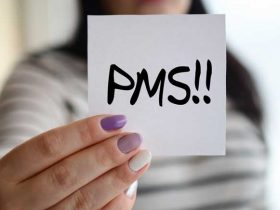What Causes Back Pain from Ovarian Cysts?

Ovarian cysts come in a number of different types,such as:
- Functional cysts: Examples are follicular and corpus luteum cysts, these are the most typical type of ovarian cysts. They develop when the corpus luteum or follicles during your menstrual cycle don’t behave in accordance with their typical patterns. On their own, they frequently vanish.
- Dermoid cysts (teratomas): The truth is that dermoid cysts are typically benign, slow-growing tumors (noncancerous). They are often present from birth and contain tissues from different bodily regions, such as skin and hair.
- Cystadenomas: The benign tumors known as cystadenomas also contain fluid that resembles mucus or water. Although cystadenomas might resemble functioning cysts in appearance, they can also grow very large over time.
- Endometriomas (chocolate cysts): This is a disorder in which tissue resembling uterine lining grows outside of the uterus, causing blood-filled cysts called endometriomas. Endometriomas may develop in the ovaries as a result of endometriosis.
When ovarian cysts get bigger, they have a higher likelihood of causing lower back pain. When this occurs, they may start to press against your abdominal organs and tissues, causing back pain or discomfort.
Huge cysts are uncommon. Most ovarian cysts are only 1 to 3 cm in diameter and disappear within a few menstrual cycles, that is roughly one inch or less in diameter. A cyst may expand to 15 to 30 centimeters in diameter in extremely unusual circumstances (about 6 to 12 inches).













